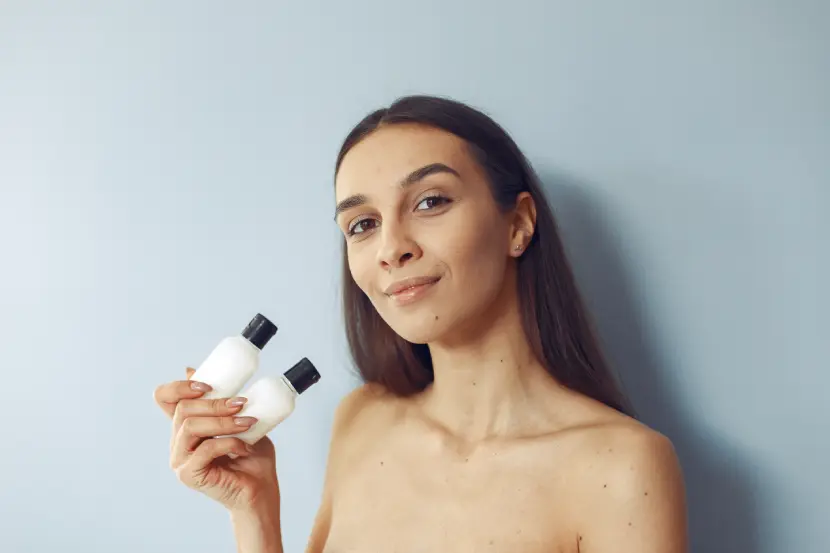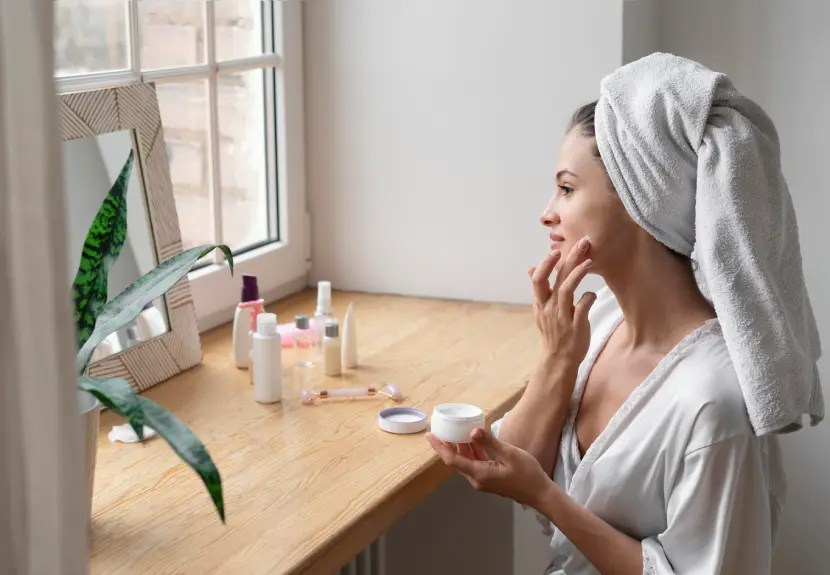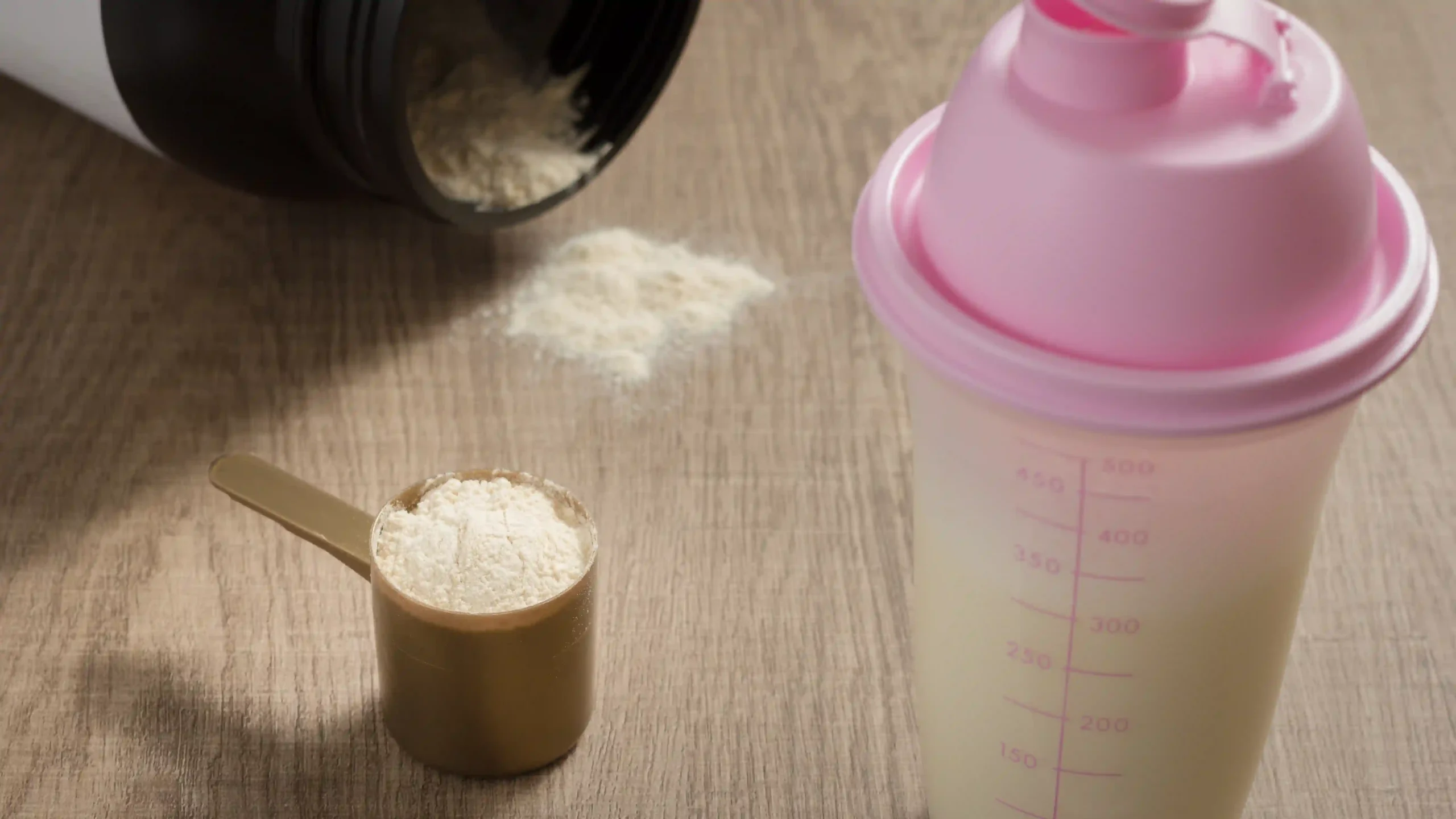Understanding Niacinamide and Retinol
Chemical Structure and Properties
When considering skincare ingredients, the combination of niacinamide and retinol stands out as particularly effective due to their complementary mechanisms of action. Niacinamide, also known as nicotinamide or vitamin B3, is a water-soluble vitamin that has become increasingly popular in skincare formulations. This versatile ingredient operates at the cellular level, making it a powerful tool for addressing various skin concerns. Unlike some harsher skincare ingredients, niacinamide is generally well-tolerated by most skin types and can be used daily.
Natural Sources and Forms
While niacinamide is naturally present in foods like meat, fish, and nuts, its skincare benefits are best realized through topical application. In skincare products, you’ll typically find niacinamide in concentrations ranging from 2% to 10%, with 5% being a common sweet spot for balancing efficacy and gentleness. Many dermatologists recommend starting with products that combine niacinamide and retinol in carefully calibrated concentrations.

The Science Behind Retinol
How Retinol Works
Retinol, a derivative of vitamin A, has long been celebrated for its skin-transforming properties. The synergy between niacinamide and retinol creates a powerful combination that enhances your skin’s overall health. While retinol promotes cell turnover and stimulates collagen production, niacinamide helps strengthen the skin barrier and reduce potential irritation. This partnership between niacinamide and retinol is particularly beneficial for those seeking comprehensive skincare solutions.
Different Types of Retinoids
In the retinoid family, retinol is considered one of the gentler options. While prescription tretinoin is more potent, the combination of niacinamide and retinol in over-the-counter products offers an excellent starting point for most skincare enthusiasts. The growing popularity of products containing both niacinamide and retinol speaks to their proven effectiveness when used together.
Benefits of Niacinamide for Skin Health
Acne Treatment and Prevention
If you’re wondering “does niacinamide help with acne,” the answer is a resounding yes. Niacinamide helps regulate sebum production and has anti-inflammatory properties that can help calm active breakouts. When used consistently, niacinamide for acne can show significant improvements in both preventing new breakouts and managing existing ones. For optimal results, many dermatologists recommend using products that combine niacinamide and retinol for their complementary acne-fighting properties.
Skin Barrier Support
One of niacinamide’s most impressive features is its ability to strengthen your skin’s natural barrier. This is particularly beneficial when using potentially irritating ingredients like retinol. The question “is niacinamide good for dry skin” often comes up, and research shows it can indeed help improve moisture retention and reduce water loss from the skin.
Hyperpigmentation Management
Niacinamide has shown promising results in managing hyperpigmentation and evening out skin tone. When combined with other active ingredients, it can help fade dark spots and post-acne marks. Studies suggest that niacinamide may help inhibit the transfer of melanin to skin cells, leading to a more even complexion over time.
Combining Niacinamide with Other Active Ingredients
Niacinamide with Vitamin C
A common question is “can you use niacinamide with vitamin C?” While older studies suggested potential conflicts, recent research indicates that niacinamide and vitamin C can be used together effectively. However, you might want to space them out during your routine to optimize the benefits of each ingredient.
Product Types and Formulations
Serums and Concentrations
When exploring skincare options, the best niacinamide serum for your needs may be one that also contains retinol. The combination of niacinamide and retinol in serum form allows for better penetration and enhanced results. Look for serums containing niacinamide in concentrations between 5-10%, and when combined with retinol, start with lower concentrations to allow your skin to adjust.
Moisturizers and Creams
A niacinamide moisturizer can serve as an excellent base for your skincare routine. Many modern formulations combine niacinamide and retinol in a single moisturizer, making it easier to incorporate both ingredients into your regimen. These combination products are particularly beneficial for those with sensitive skin, as the moisturizing base helps buffer potential irritation.
Specialized Products
Beyond basic serums and moisturizers, you’ll find niacinamide in various specialized products. A niacinamide toner can be an excellent addition to your routine, particularly when you plan to use retinol later in your regimen. The combination of niacinamide and retinol across different product types allows you to customize your skincare routine according to your specific needs.
How to Layer Niacinamide and Retinol
Morning Routine
Start your day with a gentle cleanser, followed by a niacinamide-containing product. While retinol is typically reserved for evening use, products combining niacinamide and retinol in stable, daytime-appropriate formulations are becoming increasingly available. Always finish with sunscreen, as retinol can increase sun sensitivity.
Evening Routine
Your evening skincare routine is the perfect time to maximize the benefits of both ingredients. Many wonder “can I use niacinamide with retinol?” The answer is yes – in fact, using niacinamide and retinol together can help minimize potential irritation from retinol while boosting its benefits.
Best Practices for Using Niacinamide
Whether you’re using niacinamide alone or in combination with other ingredients, consistency is key. When introducing products containing both niacinamide and retinol, start with alternate days to assess your skin’s tolerance. You can gradually increase frequency as your skin adjusts.
Common Concerns and Side Effects
Purging and Breakouts
A common concern is “does niacinamide cause purging?” Unlike retinol, niacinamide typically doesn’t cause purging. However, when using products that combine niacinamide and retinol, you might experience some initial purging due to the retinol component. This is temporary and usually subsides within a few weeks.
Skin Sensitivity Issues
Some users ask “can niacinamide cause acne?” While this is rare, any skincare ingredient can potentially cause sensitivity in some individuals. The beauty of combining niacinamide and retinol is that niacinamide’s soothing properties can help offset any irritation from retinol.
Choosing the Right Product for Your Skin Type
Dry and Sensitive Skin
For those with dry or sensitive skin, the combination of niacinamide and retinol should be approached with extra care. Start with a lower concentration of both ingredients. Look for products that pair niacinamide and hyaluronic acid, as this combination provides excellent hydration while supporting skin barrier function. The question “is niacinamide good for dry skin” is particularly relevant here – and yes, when properly formulated, it can significantly improve skin hydration and barrier function.
Oily and Acne-Prone Skin
If you’re dealing with acne-prone skin, products combining niacinamide and retinol can be particularly beneficial. The query “does niacinamide help with acne scars” is common, and research suggests that both ingredients can help improve the appearance of post-acne marks. For oily skin types, consider products that combine niacinamide and salicylic acid for enhanced oil control.

Application Tips and Timing
When incorporating both niacinamide and retinol into your routine, timing is crucial. Many wonder about the optimal way to layer these ingredients. Here’s a comprehensive guide to help you maximize their benefits:
- Cleansing: Start with a gentle, pH-balanced cleanser
- Toning: If using a niacinamide toner, apply this first
- Treatment serums: Layer your niacinamide and retinol products according to texture (thinnest to thickest)
- Moisturizer: Follow with a niacinamide moisturizer if your skin needs extra hydration
- Sunscreen (AM only): Always finish your morning routine with broad-spectrum protection
Product Recommendations
Budget-Friendly Options
While we don’t recommend specific brands, look for products containing both niacinamide and retinol in stable formulations. Budget-friendly options often include basic formulations that can be just as effective as their luxury counterparts. Key things to look for include:
- Clear packaging information about concentrations
- Airless pump dispensers for products containing both niacinamide and retinol
- Minimal ingredient lists to reduce potential irritation
- Proper pH levels (mentioned on packaging or brand websites)
Premium Formulations
Higher-end products often combine niacinamide and retinol with additional beneficial ingredients like peptides and antioxidants. Some premium options might include:
- Advanced delivery systems for better ingredient stability
- Multiple forms of niacinamide for enhanced efficacy
- Time-release retinol technology
- Additional supporting ingredients like ceramides and peptides
When to Expect Results
Patience is key when using products containing niacinamide and retinol. Here’s a typical timeline:
- Week 1-2: Initial hydration improvements
- Week 3-4: Noticeable improvement in skin texture and tone
- Week 6-8: Visible reduction in fine lines and hyperpigmentation
- Week 12+: More significant improvements in skin firmness and overall appearance
Results vary depending on:
- Your skin type and concerns
- Product concentrations
- Consistency of use
- Overall skincare routine
- Environmental factors
- Diet and lifestyle
The combination of niacinamide and vitamin C is another popular pairing that can enhance results. Many ask “can I use niacinamide with vitamin C?” Current research suggests these ingredients can work well together when properly formulated.
FAQs
Q: Can I use niacinamide with retinol in my skincare routine?
A: Absolutely! The combination of niacinamide and retinol is not only safe but can be highly beneficial. Niacinamide helps minimize potential irritation from retinol while enhancing its benefits.
Q: How do I layer these ingredients for the best results?
A: You can apply them together if using a product that combines niacinamide and retinol, or layer them separately, waiting a few minutes between applications. Start with the thinner consistency product first.
Q: Does niacinamide help with acne scars?
A: Yes, particularly when combined with other active ingredients like retinol. This powerful duo works together to promote cell turnover and improve skin texture.
Q: Can you use niacinamide with vitamin C?
A: Current research shows that niacinamide and vitamin C can be used together effectively. However, you might want to use them at different times of day to optimize their benefits.
Q: When is the best time to apply these products?
A: While niacinamide can be used morning and night, retinol is best used in the evening. Products combining niacinamide and retinol are typically recommended for nighttime use.
Q: Is niacinamide good for dry skin?
A: Yes, niacinamide helps strengthen the skin barrier and improve moisture retention, making it excellent for dry skin types.
Q: How long does it take to see results?
A: While some benefits like improved hydration can be noticed within days, more significant results from using both ingredients typically appear after 8-12 weeks of consistent use.
Conclusion
The skincare community’s enthusiasm for combining niacinamide and retinol is well-founded in scientific research and real-world results. This powerful duo offers a comprehensive approach to addressing multiple skin concerns simultaneously, from aging to acne.
When choosing products containing these ingredients, remember:
- Start with lower concentrations and gradually increase usage
- Be consistent with your application
- Always use sun protection during the day
- Listen to your skin and adjust usage accordingly
- Consider your specific skin concerns when selecting formulations
The versatility and effectiveness of these ingredients make them suitable for most skin types. Whether you’re dealing with acne, hyperpigmentation, signs of aging, or simply wanting to maintain healthy skin, the combination of niacinamide and hyaluronic acid, along with retinol, can provide impressive results.
Remember that while these ingredients are powerful tools in your skincare arsenal, they work best as part of a comprehensive skincare routine that includes proper cleansing, moisturizing, and sun protection. Take time to understand your skin’s needs and reactions, and adjust your routine accordingly.



